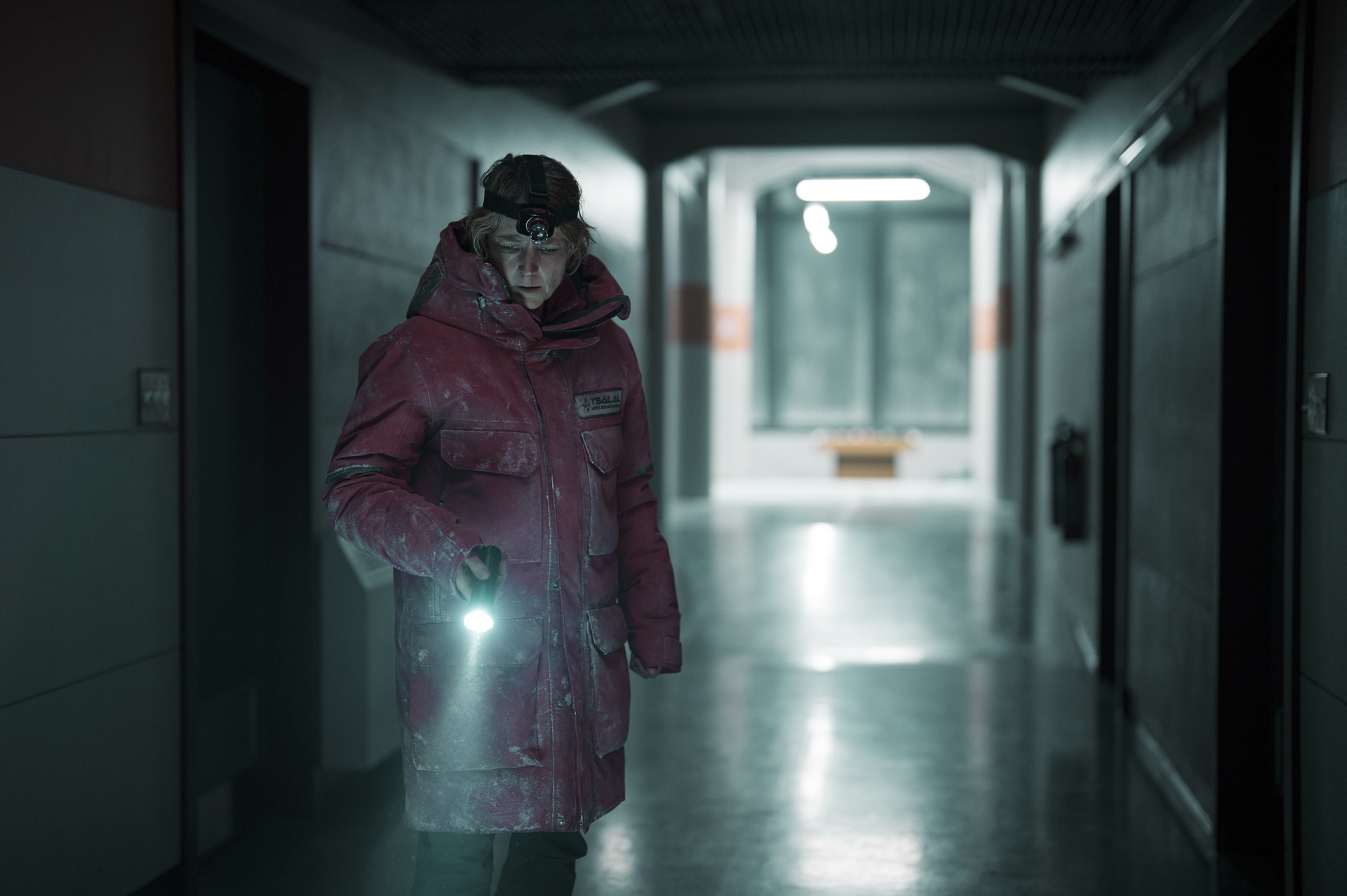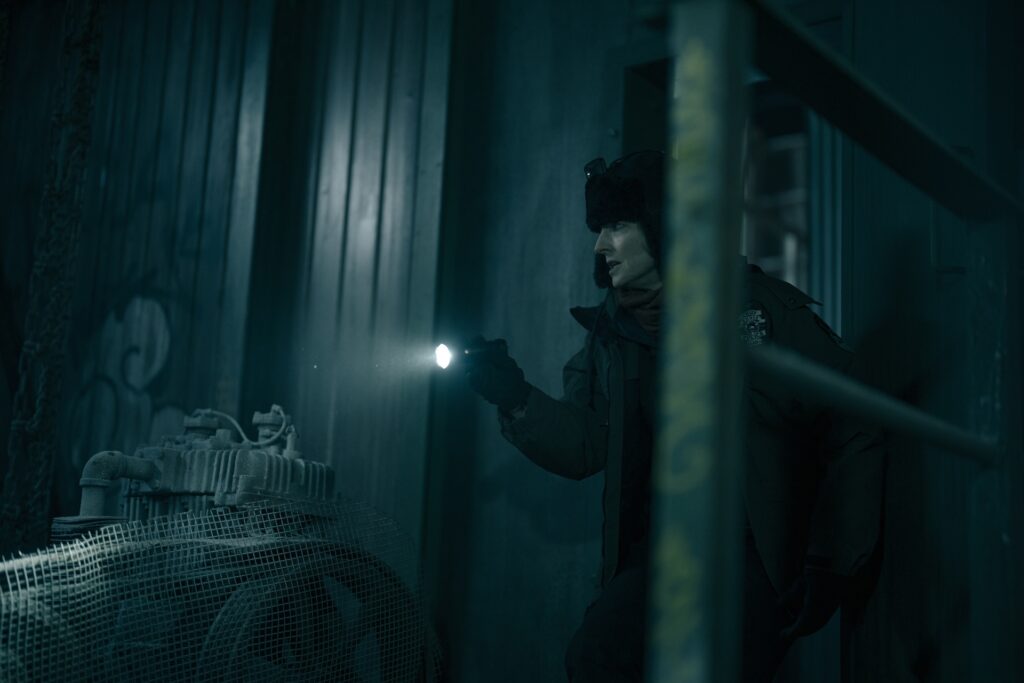
True Detective: Night Country is one of the top shows of this year. One of the main reasons why? The expert production design by Daniel Taylor. The world he helped create along with Issa López is consuming and completely sucks you into the dark supernatural vibe that is laid out throughout 8 episodes.
Taylor has had an interesting career as an art director with two memorable collaborations with legendary British auteur Mike Leigh (Mr. Turner) before heading into production design with recent films like Marv Studios productions, Tetris and Argylle. He has a very intuitive visual sense that led to this transformative collaboration with Lopez on the deep dark current season of True Detective that stays with you long after the show is over.
The True Detective: Night Country production designer recently spoke to Immersive to discuss the experience.
[Note: The conversation has been edited for clarity and length.]
How did you get involved with the True Detective season four?
I knew Issa López, the writer, director, showrunner from a TV show over here in the UK called Britannia. She came in to do the last two episodes and we’d just got on well. Issa phoned, around Christmas before we went into soft prep in March or April. She said, “It’s looking very likely. I’m having really good chats with HBO and I put your name forward.” I think that True Detective is such an amazing brand. It’s such a global kind of success that I was struggling to realize that I deserved it because it’s an exceptional show to be a part of.
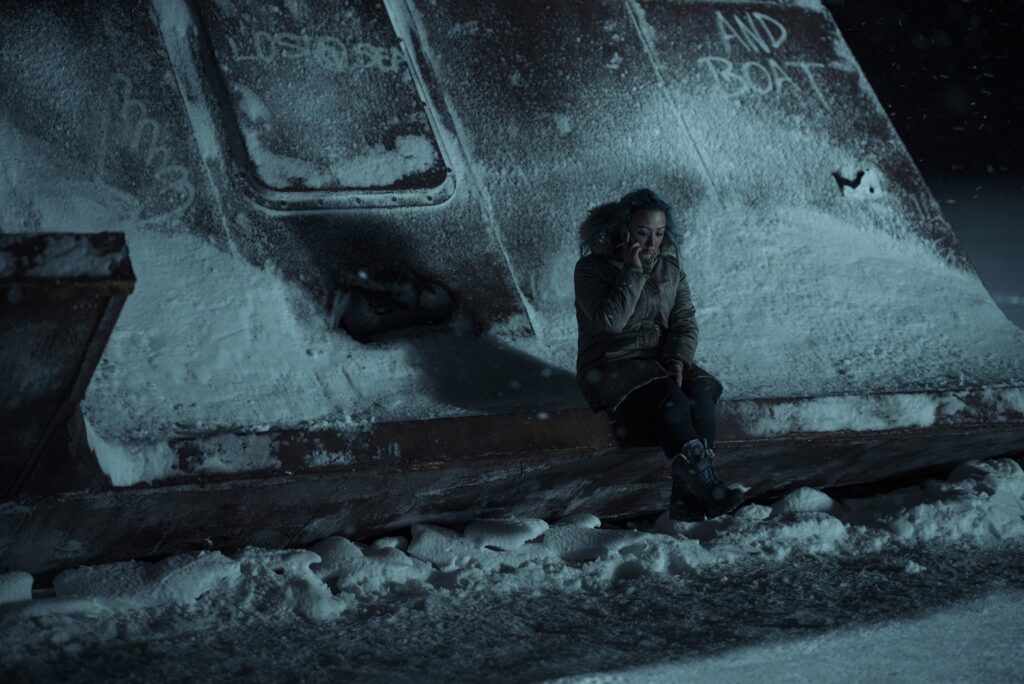
How early were you brought in?
I was brought in when we were trying to work out where to film it. Where could we successfully recreate that kind of Alaskan environment? When we went there it was minus 40, so it was too cold. We explored the idea of shooting it in Winnipeg, then down in Patagonia, and finally, we went over to Iceland for a feasibility scout and realized that we could do this.
I felt like we would be able to successfully recreate that Alaskan architecture, that Alaskan feeling in Iceland. So then we were stood down for a few weeks whilst those negotiations happened with the Icelandic kind of film commission, their governments, and then we were all systems go pretty quickly.
I was out in May starting to look for locations and then the team followed me out in the summer. I think they gave me six weeks really to get together several locations that I thought would work for the characters.
What were some of the inspirations while building this world?
The Shining because it’s winter and has this scary shit going on, The Thing and the original Alien, those were our touch touchstones for the first general conversations I had with Issa about the show. More specifically for the Arctic Research Center, an inspiration was inside the spaceship Nostromo in Alien; we wanted that kind of sense of foreboding terror that it needed to feel slightly macabre, a bit sinister. It needed to have a character but not overstated.
We didn’t want it to feel like it was a haunted house. It just needed to have a kind of slightly unsettling, emotional kind of feeling when we were in there. There were quite a few occasions where I was the last guy in there switching off the lights just before the unit turned up the next day and it was pretty terrifying wandering around with a torch inside the Arctic Research Center. It was one big set build that was a full build that we created on a stage. So it was from the front to back from the room where Ferris Bueller’s Day Off was playing to the front with the big glass windows. It was a whole one space. So yeah, I think we nailed it. I felt that translated onto the screen.
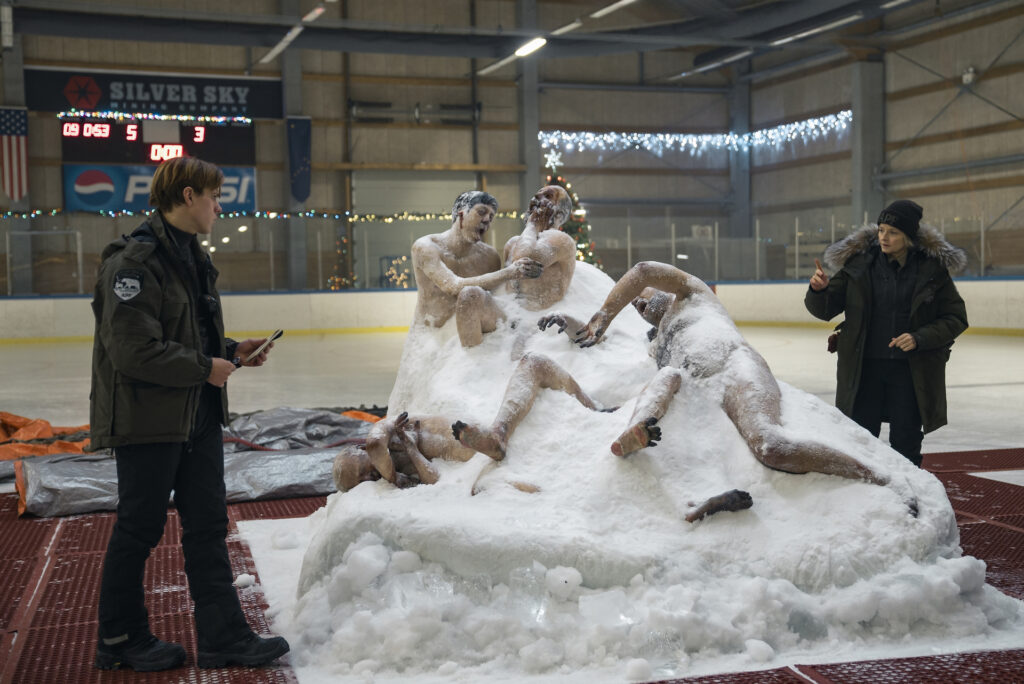
What were some of the major challenges you had in executing this vision?
There were a few. I think the popsicle was a bit of a challenge. The tangle of bodies that we had to recreate, was complicated in that there was quite a lengthy process to kill. The casting and the whole creation of the tangle of bodies was complicated and involved working in Iceland in the dark - not night, you only get two or three hours of daylight in the middle of winter. So that’s pretty hard going and working in those extreme temperatures because we were outside a huge amount of time and it was always under 10 under, so that was complicated.
Was there anything unique to America that was hard to recreate?
I think we found it pretty simple in terms of recreating architecture, but it’s things like fridges and light switches and plug sockets, all that kind of Americana stuff that is very typical to you isn’t here. We don’t get it in Europe so much. There’s quite a lot of stuff that we had to ship across from the States. I think that would probably be it.
The Icelandic crews are amazing. They are, really, really incredible. We were blessed with the people that we had. Well, I can only talk about my department, really, and they were first rate, and I know from speaking to other people that they found the same in their department. So, that was a real bonus.
Whenever you work abroad, even though you’ve done lots of homework, not until you start doing it, meeting people and getting your hands dirty, [you know] whether it’s going to play out as much as well as you’d hoped. I think probably working at that temperature would be the biggest one of those things to overcome.
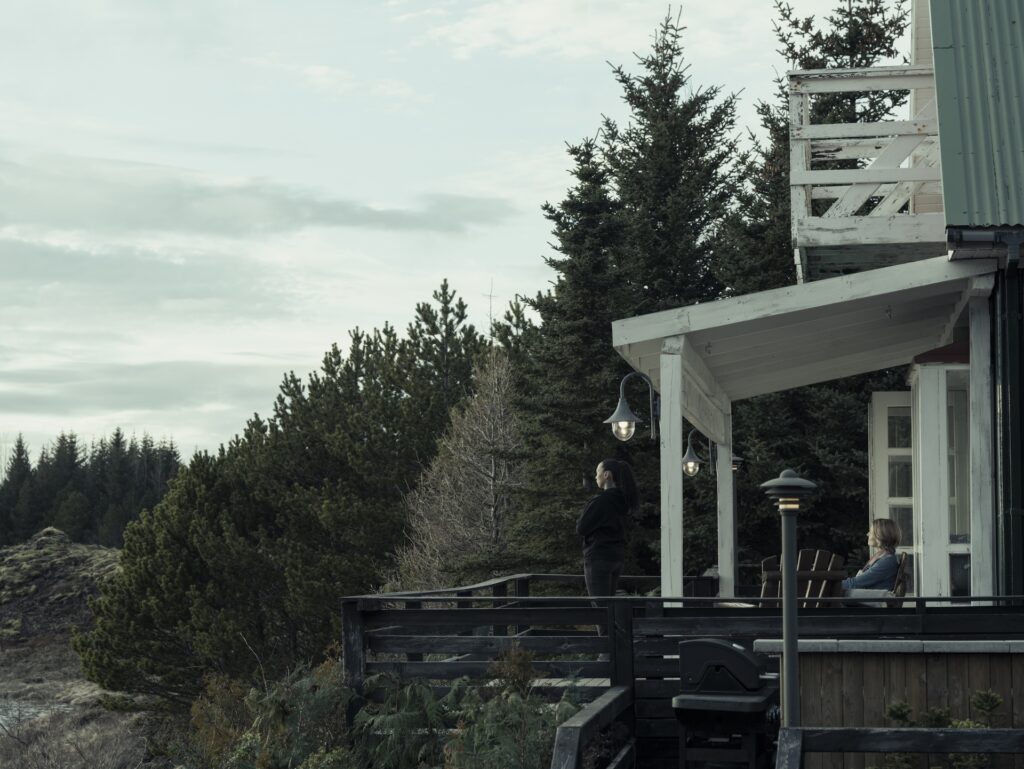
And how about the lack of daylight?
It’s quite a strange kind of place to exist. Wow. The thing I came away from Iceland realizing is that we are only on this planet for a very short period, and I feel like I’m a lot more aware of human existence. I mean, we are pretty environmentally aware here in the UK generally, but nowhere near as much as they are over there. I think they don’t take the planet for granted as much as we do.
I know that we need to be a bit more sustainable and a bit more environmentally aware, but they know it rather than we think it. They have a connection with Earth that we don’t have. I think the fact that they only get three hours of sunlight in the winter, and they only get three hours of darkness in the summer, probably kind of enforces that. They’re very connected to the volcanoes, the lava, the glaciers. It’s pretty magical, very spiritual being in that environment.
Having been to Alaska, how would you contrast it with the environment there?
I think it worked for what we needed it to do. I think if we weren’t shooting at night and we weren’t covering everything in snow, it would probably not have worked so well. We wouldn’t have been quite so convincing. The mountain shapes generally are a little bit lower in Iceland; the the mountainous regions in Alaska are a lot higher.
Iceland typically doesn’t, although it has mountains and everything, snow-capped, they’re not the highest. I think in Alaska, those ranges of mountains are significantly higher. But for what we needed in terms of it was going to be covered in snow and it was going to be shut at night, the terrain would match perfectly.
What were some of the major location discoveries along the way that pleased you and your time?
The biggest thing that we were so lucky about was that we discovered that there was a vacant US Army base just outside our shoot. I think Iceland was quite an important outpost in the Cold War to try and secure because it was within spitting distance of both Russia and America. I think it was quite a significant kind of coup to get it.
We used it for a couple of the locations and naturally, just because the army base had now disbanded, all of the tables chairs, and furniture had migrated its way from the army base into South Iceland. We were able to go around and collect these little bits and pieces and repurpose them for our dressing.
True Detective: Night Country is available to stream on Max.


